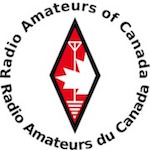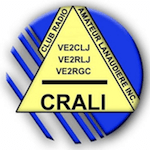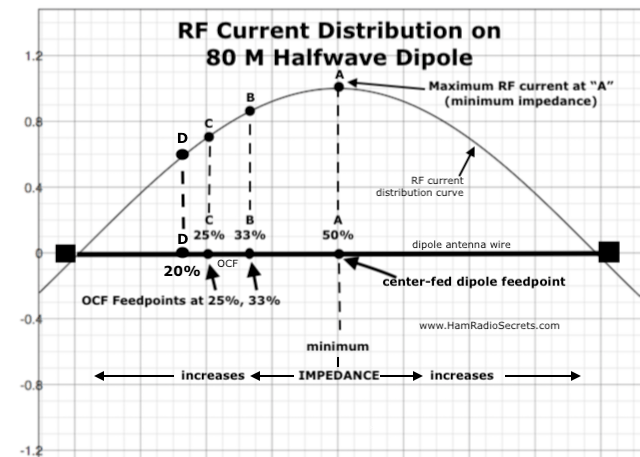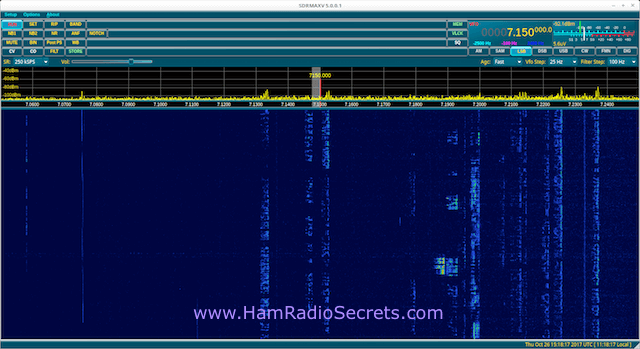The Short Dipole
"On Coils"
There is very popular method of making a short dipole ("physically shorter than normal" half-wave dipole) resonate at a given frequency. This type of antenna is suitable for single band, narrow bandwidth use.
The Technique
By replacing part of the normal dipole length "electrically" with inductance in the form of loading coils we can make a shorter half-wave dipole become the "electrical" equivalent of a full size half wavelength dipole.

However, the resulting "loaded" short dipole becomes a set of compromises. Fortunately, careful design can make these compromises "acceptable". What compromises or trade-offs?
When using a "loaded" dipole, you are trading some performance for the capability of being able to install a dipole in less space than normal.
The loading coils introduce resistive and reactive components which will cause a portion of the RF power - fed to or received by the "loaded" antenna - to be lost in the form of heat instead of being radiated out as useful signal!
The resulting loss of a portion of the RF energy may not be critical when in transmit mode, but, in some cases, it certainly can be significant when trying to receive weak signals!
Some Factors
To Take Into Account
Here are some of the factors one must take into consideration when designing and building - or buying - a "loaded" short dipole.
- The positioning of the loading coils along the
wire is critical. Ideally, greatest efficiency is obtained with coils
near the ends of the dipole ... but then coils would have to be impossibly
large (infinite size!) in terms of inductance! The loading coils of a
short dipole must therefore be positioned away from the ends but still
be closer to the ends than to the center feed point.
- Close winding of coils should be avoided!
- The wire size (gauge) used for the coil is a
factor. The smaller the wire gauge, the more resistance is introduced -
because resistance dissipates RF energy as heat, not signal! Coils using
small diameter copper tubing would be best, but would introduce
mechanical problems in the construction of the antenna.
- The quality of the wire is another factor. Solid copper is ideal. Copper-clad steel wire is less desirable.
- Air-wound coils would be best but are often not
mechanically feasible in this type of application. So coils must be
wound on a form. The quality of the form material - its insulating
properties - is a factor. Coils wound on glass or porcelain heat up much
less (let more RF energy be radiated from the antenna) than coils wound
on plastic material.
- Another consideration is weather proofing.
It is relatively easy to weather proof against rain. But think of
sticky snow or even freezing rain! Your "loaded" short dipole will
resonate off frequency - and its feed point impedance will be different -
when used with a coating of ice on the coils.
If you feed enough power to the antenna - and with time - coils will heat up and melt the ice. But, be careful. Even an automatic antenna system tuner will have trouble keeping up with a good match as the frequency and impedance drift while the antenna is melting the ice! - Finally, coils are the "hi-Q" components of the
loaded dipole. They are designed for a given frequency. This means that
when you are using a "loaded" dipole at a frequency other than that for
which it was designed for - other than its resonant frequency - the
efficiency and effectiveness of the antenna drop dramatically!
The shorter the antenna (physically) with respect to the wavelength - the larger the inductance of the coils - the worse things get! Loaded dipoles are very narrow band antennas, best suited for use on a narrow portion of a frequency band.
The ideal (most efficient) coil is:
- air wound (not wound or supported on a form),
- as large as it is long (length to diameter ratio of one),
- made of solid copper wire. Minimum wire size (gauge) must be chosen for the maximum current that is expected to flow through it.
The "ideal" antenna radiates 100% of the RF energy fed into it.
The "ideal" antenna does not exist!
Fortunately, there are a few manufacturers who do make a very acceptable "loaded" short dipole. Their design and craftsmanship reduce the trade-offs to the most acceptable levels possible ... while remaining effective and affordable!
The Short Dipole
For Multi-Band Use
By the way, some dipoles are designed to be used on more than one band of frequencies. Multi-band dipoles use "traps". Do not confuse coils and "traps". They may look alike but they do not have the same electrical characteristics.
Let me point out that "traps" are even more "lossy" than simple loading coils!
But, again, quality of design and construction make some trap dipoles much less "lossy" than others!
73 de VE2DPE
Claude Jollet
104-30 avenue des Berges,
Notre-Dame-des-Prairies, Québec, Canada J6E 1M9
QTH Locator: FN36gb
Disclosure
If
you make a purchase via a link on this site, I may receive a small
commission on the transaction, at no extra cost to you. Thank you!
(One word queries work best)
HF Antennas
Section
Contents
VHF/UHF Antennas
FOUND THIS
SITE
USEFUL?
VE2DPE
Is a member
in good standing
of



Also a proud member of an international community of solopreneurs
using SoloBuildIt!
(SBI!)
to promote my self-published eBooks
since 2005.
See my review
of this unique product for online businesses.
CQ CQ CQ
If you have a question, a comment or a topic you would like me to cover, please do not hesitate to ask here.



